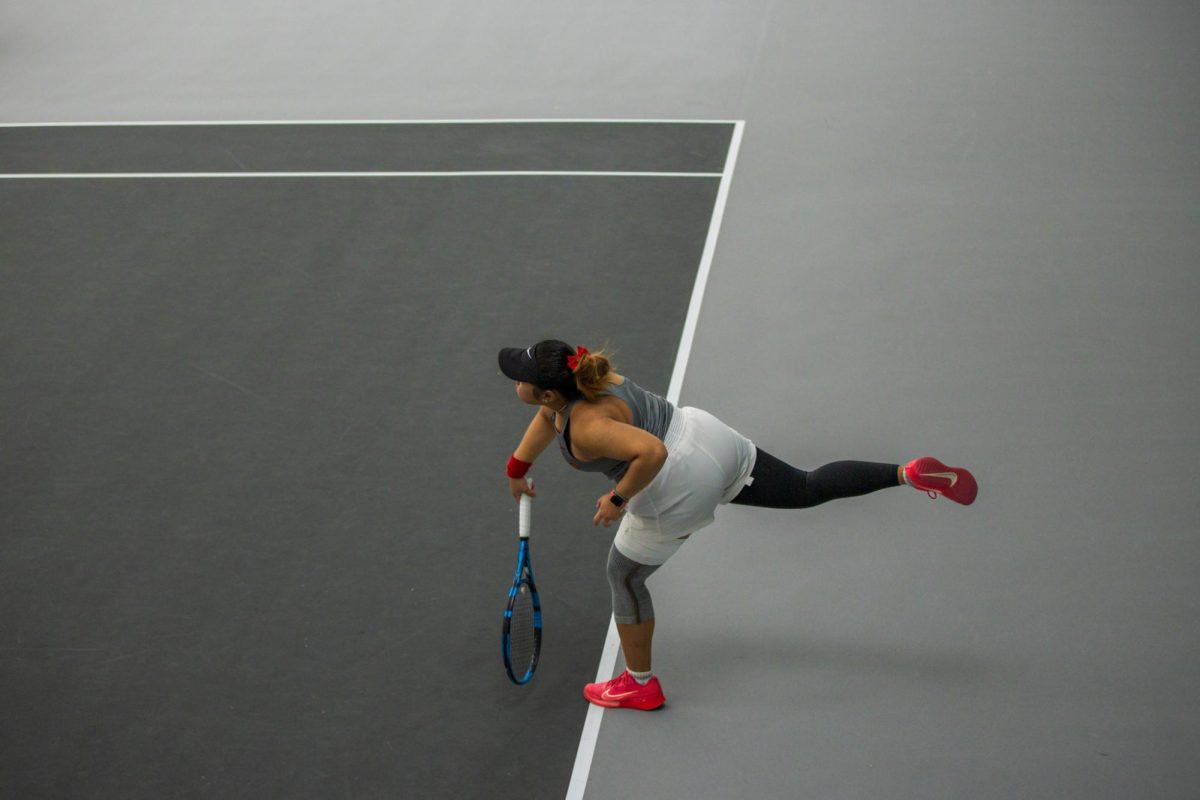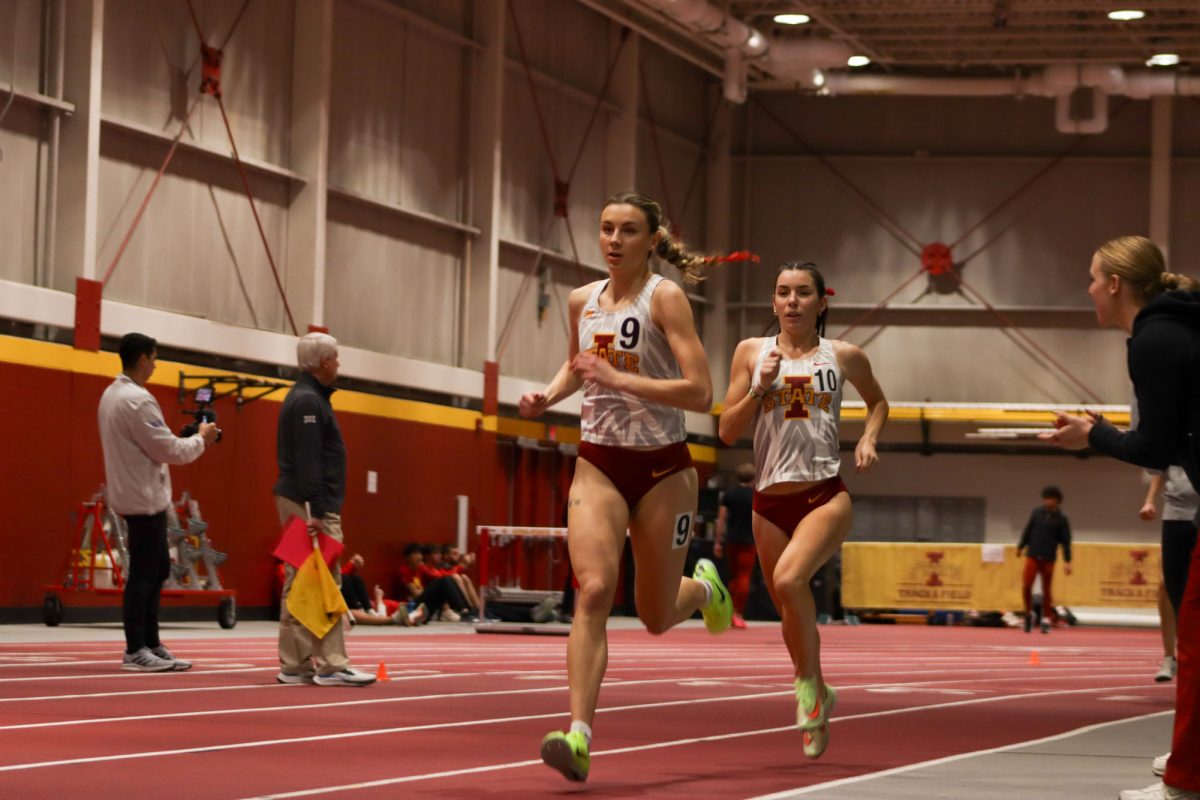WiSE program hopes to close STEM gender gap
The WiSE program at Iowa State provides women in STEM with networking opportunities and promotes postgraduate job retention for women in STEM.
October 15, 2020
The Women in Science and Engineering (WiSE) program at Iowa State attempts to end the science, technology, engineering and math (STEM) gap through various opportunities for women in STEM.
According to the WiSE website, the program supports anyone who identifies as female who is in a science, technology, engineering and math-related major. It provides academic success programs and professional development opportunities for women, including tutoring, workshops and connections with female mentors who are already leaders in STEM fields.
This year, WiSE consists of 5,600 women involved in over 50 different STEM majors.
Carly Miller, program coordinator for WiSE, explains the program.
“This pipeline approach is significant for contributing to the conversation about diversity, while supporting our students, elementary through college, academically and professionally, as well as making sense of what it means to identify with a population that is, generally speaking, underrepresented in STEM fields,” Miller said.
The STEM gap is the difference between the amount of men and women in STEM careers. Researchers and advocates for women in STEM have been trying to narrow this gap and improve female representation in STEM careers.
According to the American Association of University Women, the number of women in STEM fields has been going up but gender gaps have been increasing in some of the fastest-growing STEM jobs, such as computer science and engineering.
“Thirty-eight percent of women who major in computers work in computer fields, and only 24 percent of those who majored in engineering work in the engineering field,” the American Association of University Women website listed.
This data shows that women don’t retain careers in STEM after graduating university with a STEM degree. WiSE hopes to change this by connecting WiSE women through networking events, company tours and job shadows.
According to Catalyst, another contributing factor of the STEM gap is the lack of women in leadership in these fields.
Mae Jemison, an advocate for women in STEM careers, said women are not getting leadership opportunities equal to their male counterparts.
“Even in fields in which women are at parity, such as in biology and certain medical specialties, women are underrepresented among the senior ranks in these fields,” Jemison said.
She said this can be attributed to a number of things including a lack of historical representation.
“Sadly, too often [women’s] contributions are omitted from history books and are not valued in the same way as the contributions of men,” Jemison said. “For instance, research shows that women are less likely to be called ‘geniuses’ or ‘brilliant’ than men and that their contributions are often attributed to hard work and luck rather than to innate talent.”
WiSE hosts a conference each year called “WE Lead,” all about women’s empowerment and leadership. Students are taught about microaggressions, microinequities and impostor syndrome, which remain relevant today.
Mackenzie Donald, sophomore in chemical engineering, said she notices that in some of her STEM classes she is vastly outnumbered.
“In my differential equations class, I never interact with other girls. There are only five girls in my class,” she said.
Even with these obstacles, many female STEM majors are passionate about what they do.
Evy Platner, junior in agronomy, said it is important to have young girls in STEM to shape a more inclusive future.
“Women must continue to enter STEM careers,” she said. “We bring a different perspective and set of ideas to the table that wouldn’t have otherwise been expressed.”







